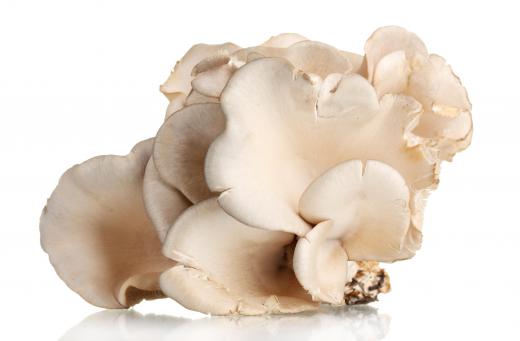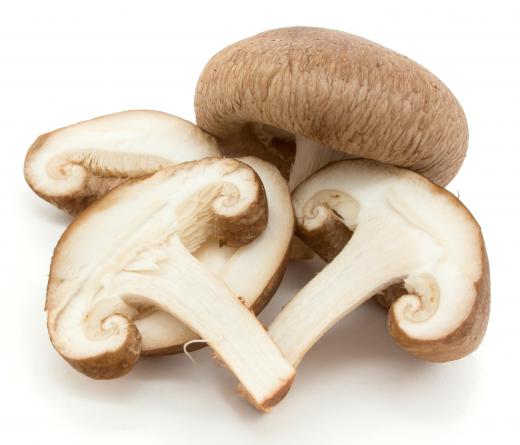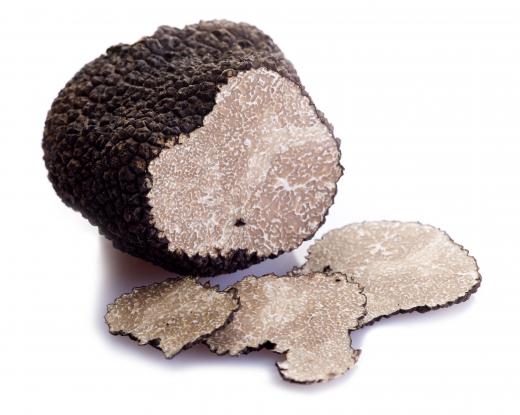How Many Species of Fungi are There?
 Michael Anissimov
Michael Anissimov
There are about 75,000 scientifically identified species of fungi, with scientists believing there may be as many as a million fungal species yet unidentified. As differing species may look the same superficially, classifying them accurately is difficult, and usually requires the application of molecular tools such as DNA sequencing. As DNA sequencing is still relatively expensive, even for fungi with genomes far shorter than mammals, it will likely be many decades before the majority are classified with certainty.
Common types include molds — which grow in strands called hyphae, mushrooms — fruiting bodies of fungal colonies, and yeasts — the name for any single-celled fungi. However, these are broad terms, and molds, yeasts, and mushrooms can be found across several taxonomic categories. Fungal classification at the phyla level is complicated, and is constantly being reshuffled. Fungi were first misclassified as plants, but subsequent investigations found they actually have more in common with animals. Like plants and animals, they are eukaryotes.

Phylogenetically, there are seven phyla of fungi. The first is the Chytridiomycota, or chytrids, the most primitive form, with about 1,000 identified species. These produce spores with flagella (zoospores), and go after amphibians, maize, alfalfa, potatoes, and other vulnerable organisms. These are most representative of the types that lived throughout the Paleozoic era, being primarily aquatic.

Blastocladiomycota is the second phlya, only created as a distinct category in 2007. Like the chytrids, they use zoospores to reproduce, and parasitic of all major eukaryotic groups. The third phyla, Neocallimastigomycota, are anaerobic fungi that primarily occupy the stomachs of ruminants. Their name contains the Greek suffix referring to whips, -mastix, for their numerous flagella. The second and third phyla were both initially misclassified as chytrids.

The fourth phyla are the more familiar Zygomycota, named for the hardy spherical spores they produce. If you see a fungus with tiny dots at the tips of the hyphae (filaments), that’s Zygomycota. There are over 600 species of this genus, and it includes black bread mold, one of the most frequently sighted by humans. Another is Pilobolus, which is capable of ejecting spores several meters through the air.

The fifth phyla are the Glomeromycota, known as Arbuscular mycorrhizae (AM) fungi. Basically, that term means “tree fungi.” They can be found in large numbers in the roots of more than 80% of families of vascular plants. This relationship is symbiotic and ancient, extending back at least 460 million years, to the beginning of plant life on land.
The sixth phyla are the Ascomycota, known as sac fungi. These make distinct spherical sacs to hold their spores, and contain the most species out of all the phyla. Examples include Penicillium, morels, truffles, Baker’s yeast, lichens, powdery mildews, and many others. Many of this phyla are plant-pathogenic.

The seventh phyla are the Basidiomycota, or the club fungi. This group contains most common mushrooms. It is distinguished by the presence of a spore-producing structure called the basidium, more commonly known as a cap. Along with Ascomycota, they are known as Higher Fungi.
AS FEATURED ON:
AS FEATURED ON:



















Discuss this Article
Post your comments